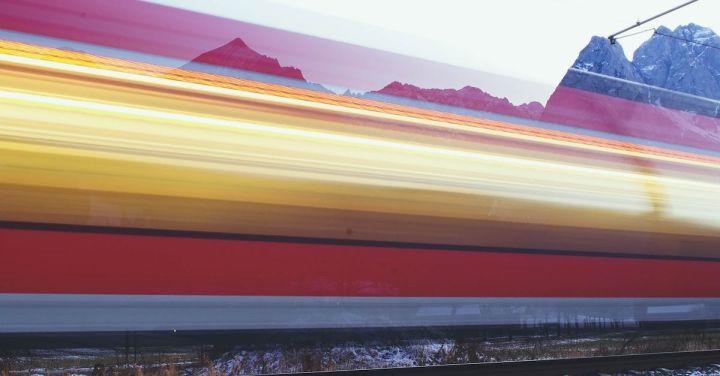The railways, with their powerful locomotives and steel tracks, have long captivated the imagination of artists. From the early days of steam-powered trains to the modern high-speed railways of today, artists have found inspiration in the dynamic and ever-changing world of rail travel. The railways have not only provided a subject matter for artists, but they have also played a significant role in the development of art itself.
In the early 19th century, as the industrial revolution took hold, railways began to crisscross the countryside, connecting cities and transforming landscapes. This new mode of transportation captured the attention of artists, who were drawn to the dramatic visual impact of the trains against the natural backdrop. Painters such as J.M.W. Turner and Claude Monet were among the first to depict the railways in their works, using their brushstrokes to capture the speed and power of the locomotives.
As the railways continued to expand, so did the artistic representations of them. The Impressionists, with their focus on capturing the fleeting moments of everyday life, found the railways to be an ideal subject matter. Artists like Edouard Manet and Pierre-Auguste Renoir depicted bustling train stations, with their crowds of people and smoke-filled platforms. They captured the energy and movement of the railways, using bold brushstrokes and vibrant colors to convey the sense of speed and excitement.
In the early 20th century, the railways had become an integral part of society, and their influence on art was undeniable. The Futurists, with their fascination for speed and technology, embraced the railways as a symbol of progress and modernity. Artists such as Umberto Boccioni and Giacomo Balla depicted the railways in their paintings, using fragmented forms and dynamic compositions to convey the sense of motion and speed.
The railways also played a significant role in the development of photography as an art form. As the railways expanded, so did the opportunities for photographers to capture the trains in action. From the early black and white photographs of the 19th century to the vibrant color images of the 20th century, photographers have used the railways as a subject matter to explore the themes of movement, modernity, and human interaction.
In addition to paintings and photographs, the railways have also inspired other forms of artistic expression. The railways have been featured in literature, poetry, and even music. Writers such as Charles Dickens and Jules Verne used the railways as a backdrop for their stories, while musicians like Duke Ellington and Johnny Cash wrote songs about the romance and adventure of rail travel.
Today, the railways continue to inspire artists around the world. With the advent of new technologies and the expansion of high-speed rail networks, the railways offer a wealth of opportunities for artistic exploration. Artists continue to capture the unique atmosphere and energy of train travel, using various mediums and techniques to convey their vision.
From the early paintings of Turner and Monet to the digital artworks of the 21st century, the railways have provided a rich source of inspiration for artists throughout history. Whether it is the power and speed of the locomotives, the bustling train stations, or the ever-changing landscapes, the railways have a unique ability to capture the imagination and ignite the creative spirit. From canvas to tracks, the railways in art continue to fascinate and inspire both artists and viewers alike.
